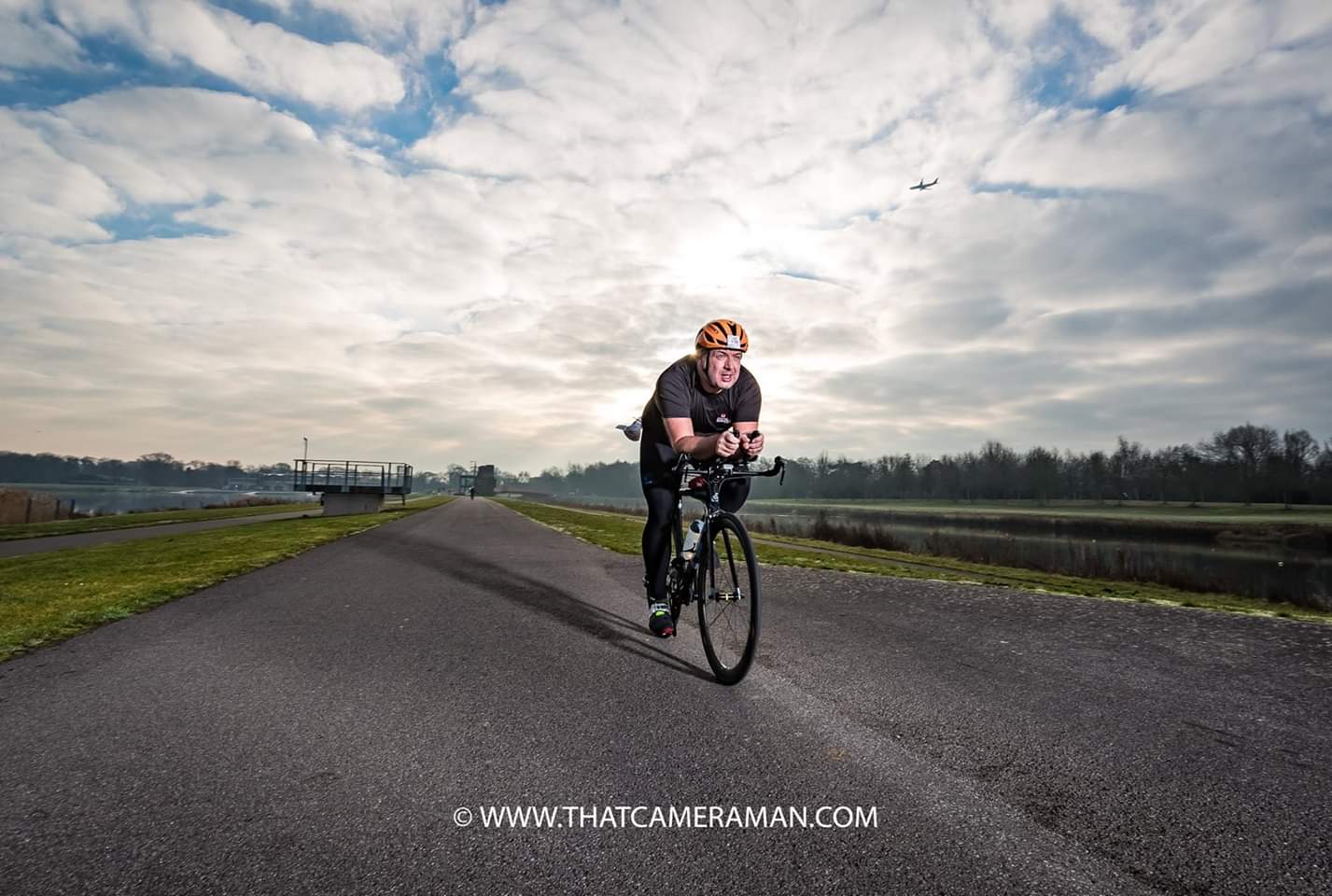Winter Windsor Duathlon 2019
Just to be really clear before we start – I hate running. Its by far the weakest of the three triathlon disciplines for me, but there’s that huge gap between October and April where there just aren’t any Triathlons, and you need to do something to keep an eye on your form, or just to have an event to do.
Having said that, you seem to need to be a very particular sort of person to want to do a duathlon in January – and I tend to find I do a lot worse than I would in a later triathlon as the competitor list shrinks to the very motivated, and hardcore, and also me.
F3 events have taken some stick over the last year or so after a few events went badly – including a winter duathlon last year where the ambulance was lost carting hypothermic competitors off to hospital and the marshals froze to their stations – I don’t think it’s been entirely their fault, although maybe some of the critical communications could have gone out a little faster.
My experience with F3 has always been good, and they are friendly although they seem to lack that last 5% in terms of organisation. A good example is when I was told I was last finisher in a Marlow half Iron only to watch another three athletes come in after this. At this events, the marshals were friendly, the safety briefing clear and concise and everything seemed to run smoothly.
Dorney lake is a properly iconic sporting venue and the dead straight rowing lake really sets the scene and the mood; but be aware that a lot of races start from the other end from the club house and often starts are cold and foggy at this time of year – it can be intimidatingly grey and featureless.
The run is 1.25k down the side of the lake (with a slight loop out at the start) on good tarmac with a gentle camber, then a right hand turn around dropping closer to the lake before running back, for a 2.5k lap that’s run twice for a Sprint (once for supersprint) and soul destroying four times if you are doing the Olympic. Dead flat, dead straight, at least you can see people to hunt down in front of you.
There is a single water station at the start of the run offering hydration and gels, most useful for the second run when you are likely to have worked enough to need something.
Racing into transition (free racking means get there a bit early and go where you like, there’s usually plenty of space and no issues leaving bags with your bike) and out again onto the bike course – this takes you round the back of the lake and down to the clubhouse before returning along the lakeside track with a number of small hump backed bridges to drive over to break up what would otherwise be a 2k straight shot.
The bike course is also very flat – but this does mean the pace is relentless and you don’t get a chance to vary your speed much as you go round. The exposed nature of the course also means that there is almost always a headwind, and often for what feels like more than half the circuit. I’ve badly misjudged my pacing when trying an Olympic here due to the sheer evenness of the ride.
There are two sharp bends on the course, one at either end – as you come round by the club house and as you pass transition each lap. At my speeds in summer I’m happy to go round both these pretty much flat out – at this time of year I tend to be much more careful on these two corners.
I mentioned earlier that the race is full of hardcore athletes – several competitors were wearing GBR skinsuits while tearing round on winter bikes; many others were in full aero gear. I think I only counted a couple of mountain bikes, which is way less than I’d typically expect to see in an event with a novice friendly supersprint option.
Riders lap four times for the sprint, with the distance coming out slightly short at around 19k; eight laps for Olympic. Ride completed, it’s back out to the run course for another two laps for both sprint and Olympic. Sprint seemed to be by far the most popular option
Run complete, cheered over the line by a commentator calling out names, and handed a bottle of water and a medal, there was the option of grabbing a coffee or a bacon roll from the food trucks on site.
The event, as often seems to happen at Dorney, warmed up steadily as the ride progressed and finished with a clear sky and bright (if not particularly warm) patches of sunshine. Leaving the race requires care as the car park exits onto what is usually a still live ride circuit – driving slowly with hazards on is the order of the day until you’ve cleared the bottom of the circuit.
Its worth mentioning that these events have been photographed by Darren Wheeler of www.thatcameraman.com and for a couple of years now he’s got some truly incredible shots that are included in the cost of the event. The picture at the head of this post was taken with him using the biggest flash unit I’ve ever seen poised on the tailgate of his camera car while he shot from the other side of the track. I’m going to do some more Dorney F3 events just hoping he carries on getting more unusual and dramatic shots.
Details can be found here: https://www.f3events.co.uk/

